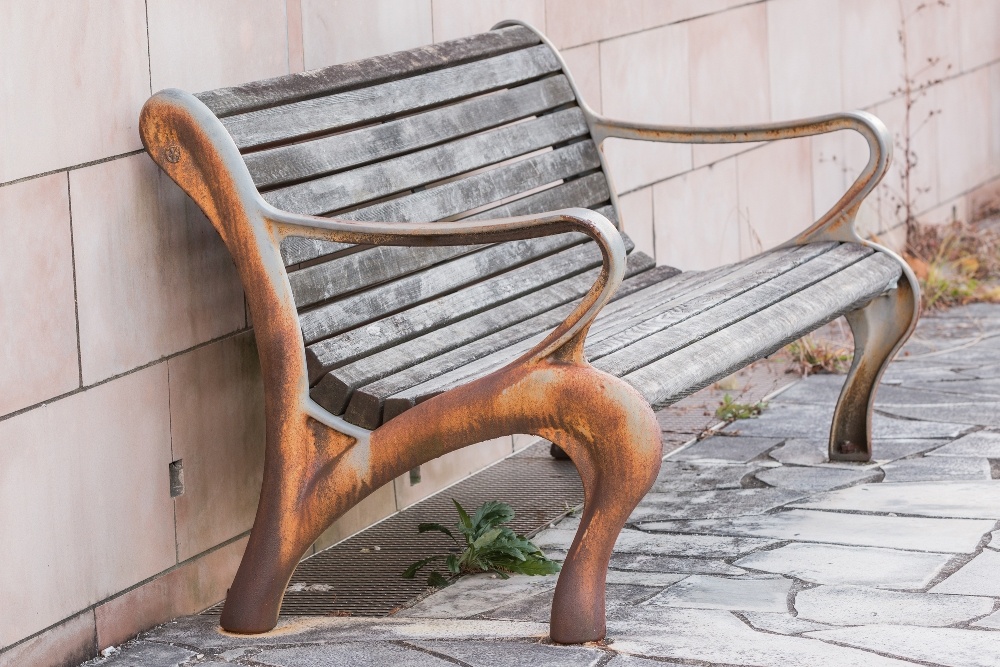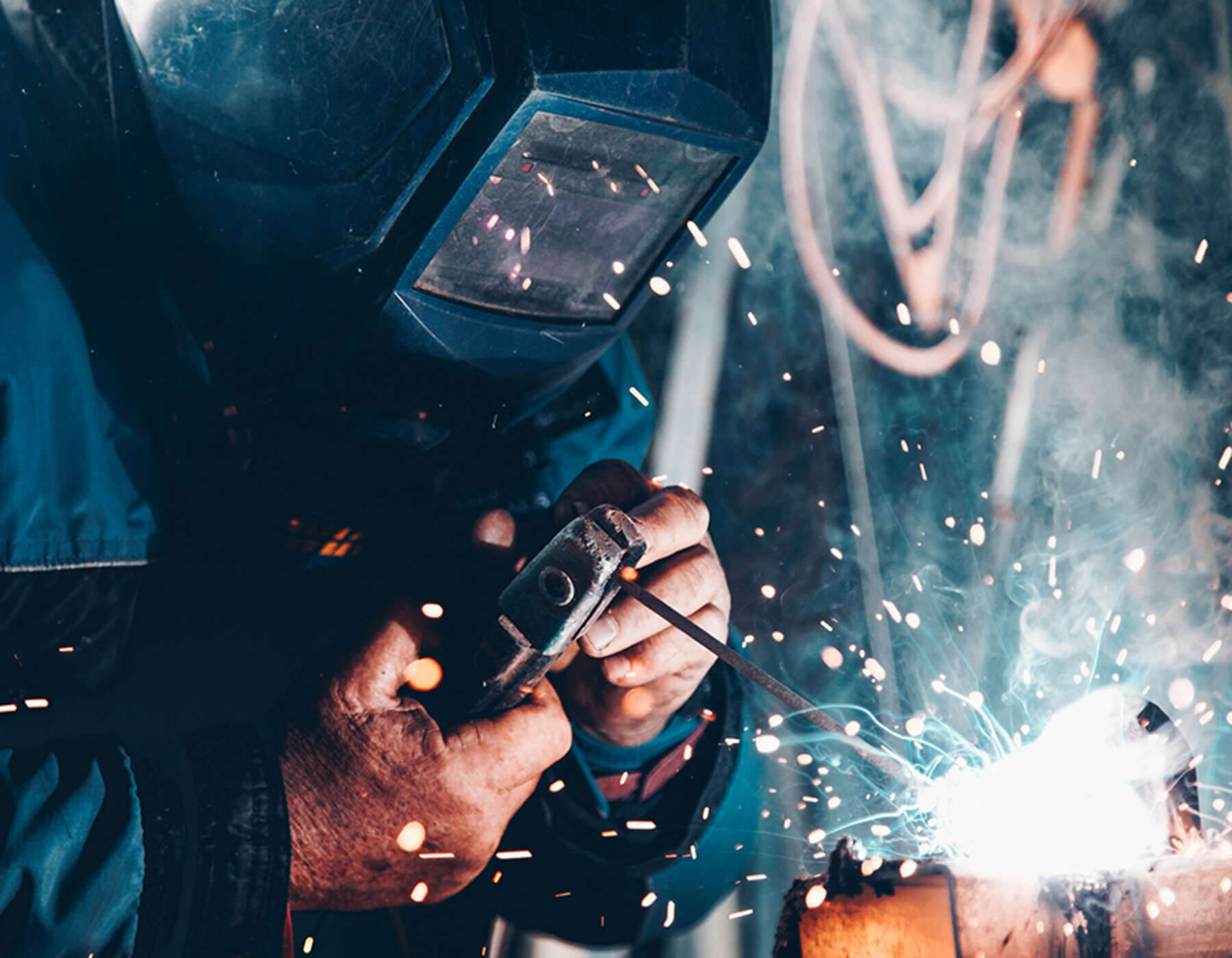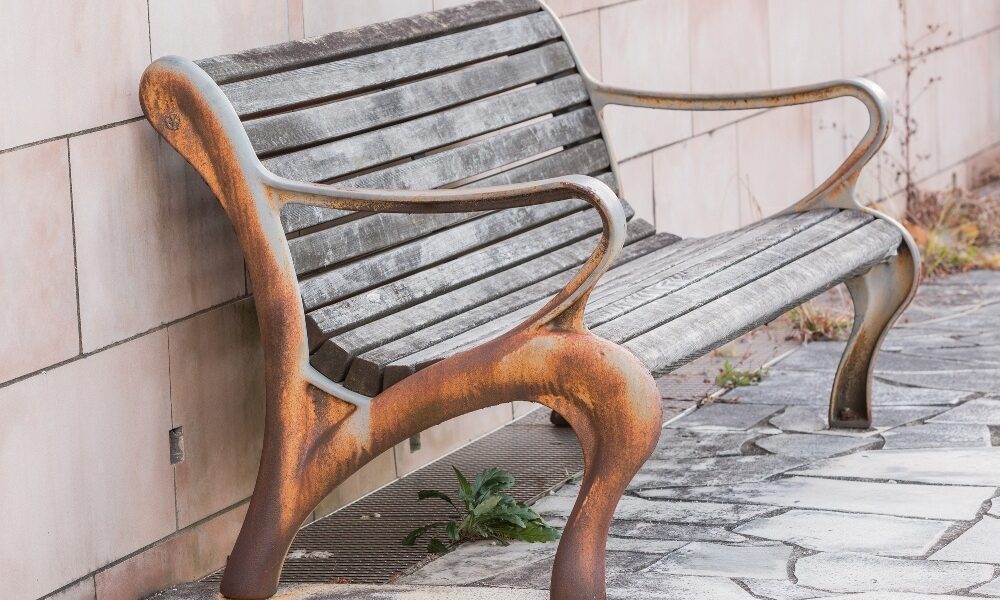
It’s not just your garden that requires regular upkeep and maintenance. Items such as gates, railings, and patio furniture need care and attention if they’re to stand the test of time and continue performing to a high standard and look aesthetically pleasing.
These pieces of metal furniture are not uncommon features in people’s gardens, and you need to take special measures to prevent rust – metal’s mortal enemy!
So to help you keep your metal works in tip-top condition, the team at Morfab has pulled together some key ways to increase the lifespan of your furniture and keep it looking as good as new every time you step outside.
Corrosive and anti-corrosive metals
Any metal that contains iron, such as cast iron and steel, will feel the effect of rust.
However, there are anti-corrosive metals available, including stainless steel, aluminium, galvanised steel, copper, and brass.
Rust Proof garden furniture
Rust isn’t just something that happens; it is destructive. It weakens the metal piece making it unstable, unusable, and unsightly.
Appearing as small brown spots, rust occurs when iron is exposed to air (oxygen) and water, creating oxidisation and making furniture dull.
Opting for an anti-corrosive metal is one of the best ways to stay clear of rust. However, we know that this isn’t always the most suitable option.
So what can you do?
How to protect metal outdoor furniture from rust?
Coat metals – powder coating your metal piece will increase the lifespan of metal furniture, make it less at risk to peeling, and prevent air and moisture from seeping in and causing rust.
Galvanise the metal – metal that has been coated with zinc makes it much more effective for outdoors. As part of the metal works process, metal fabricators dip steel into molten zinc and then leave this to set on the steel, allowing the coating to stick correctly.
Use hot or cold bluing – by oxidising the steel; you can apply a protective layer over the metal and prevent rust picking up speed. This is a great process if you need to protect tools and even cutlery. However, it’s important to note that this process will change the metals colour….to blue!
Carry out regular maintenance – a good clean twice a year using warm water, even mixed with rust remover, can help prolong your furniture’s life. Make sure to scrub all areas, rinse thoroughly and dry with a towel or rag so no moisture is left on the metal piece.
Don’t scrape furniture along the ground to move it. Even the slightest chip or flake of paint can lead to a big rust problem.
Cover it up. Protect your furniture from extreme weather conditions by covering it up when not in use using a breathable fabric. Exposure to moisture is the most common cause of corrosion, so please don’t let them get wet!
Store furniture away properly – if you have a shed or a garage where furniture can be stored during bad weather, use it. The less exposure to the elements, the better.
Take swift action – as soon as rust appears, act fast. Make sure to clean the rusty area in question asap, lightly sanding and wiping clean to remove any dust and debris. From here, you can touch up the area using a metal primer and the chosen metal-specific paint.
Work with bespoke metal fabricators – if rust is a big problem, a professional metal fabricator can help you strip the metal back to its bare state and replenish it. A wire brush or tool will be used to scrape away the old coating, cleaned, dried, and a new primer and paint applied.
Use oil – oil, and grease can add a layer of protection to your garden furniture, helping to keep rust at bay for short periods. For all oil acts as a protective barrier, it’s important to note that it doesn’t last forever, and you will need to keep reapplying as part of a regular maintenance programme once every three months.
Use dust-resistant wax – wax, unlike oil, only needs to be applied every two to three years, making it more time efficient and fitting with busy schedules. Make sure to wipe down all furniture with a damp cloth, dry thoroughly, and apply the wax with a paintbrush.
Use white vinegar mixed with water – leaving metal tools in white vinegar can make it much easier to remove rust.
Use silicone spray – great for lubricating and shielding, silicone sprays are also available in a water-resistant form.
Use undercoating sprays – great for attacking rust underneath cars and other vehicles.
Rust Proof garden furniture UK
Rustproofing is vital to protect your metal railings, gate, and seating areas for years.
Ideally, we recommend you check for rust at least once yearly to help you keep rust and corrosion at bay.
Most outdoor furniture is treated for rust before it reaches your property, but you still need to take care of them.
At Morfabrication, we understand this.
We also know that you want something that lasts, looks good, and is hassle-free.
That’s why as part of our metal fabrication process, we consider the type of furniture and its location, as different solutions will suit different situations better.
To see how we can help you and to answer your questions, call us at 0191 816 2718 or email info@morfabrication.com; we’re happy to help.
Read the next article: Common metal fabrication terms and welding acronyms

